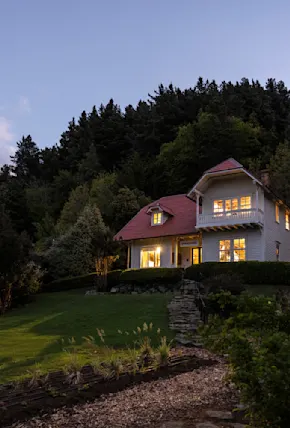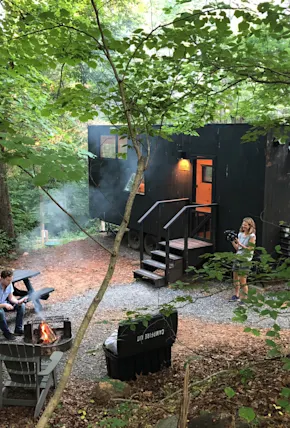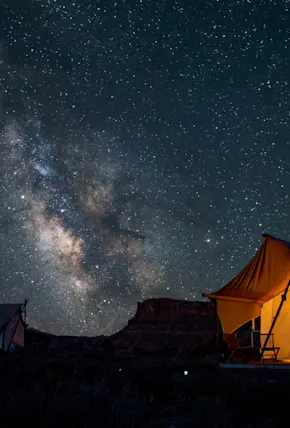A while back a friend DM’ed me the Instagram profile of Andrew Szeto, an Ottawa, Ontario-based skater, outdoorsman, and wood worker. His videos of making knives, canoe paddles, and furniture out of recycled skateboards caught my eye. Then he started building an A-Frame cabin, and I felt like I found my soul mate.
As the project progressed, I got in touch with Andrew, and now, nearly a year since the build began, we’re psyched to share a Q&A with the man himself, along with some exclusive photos and valuable insight for all you DIY dreamers out there. Read on for the good stuff.
Please introduce yourself and your project.
My name is Andrew, I skateboard, work for the Coast Guard and do a bit of woodworking in the evenings. Looking on the internet, there wasn't a ton on actually building an A-Frame (without buying a prefab from Matti or something), so as a natural continuation of the woodworking I've been doing the past few years I set out to build a cabin in Low, Quebec, about an hour from where I live.













